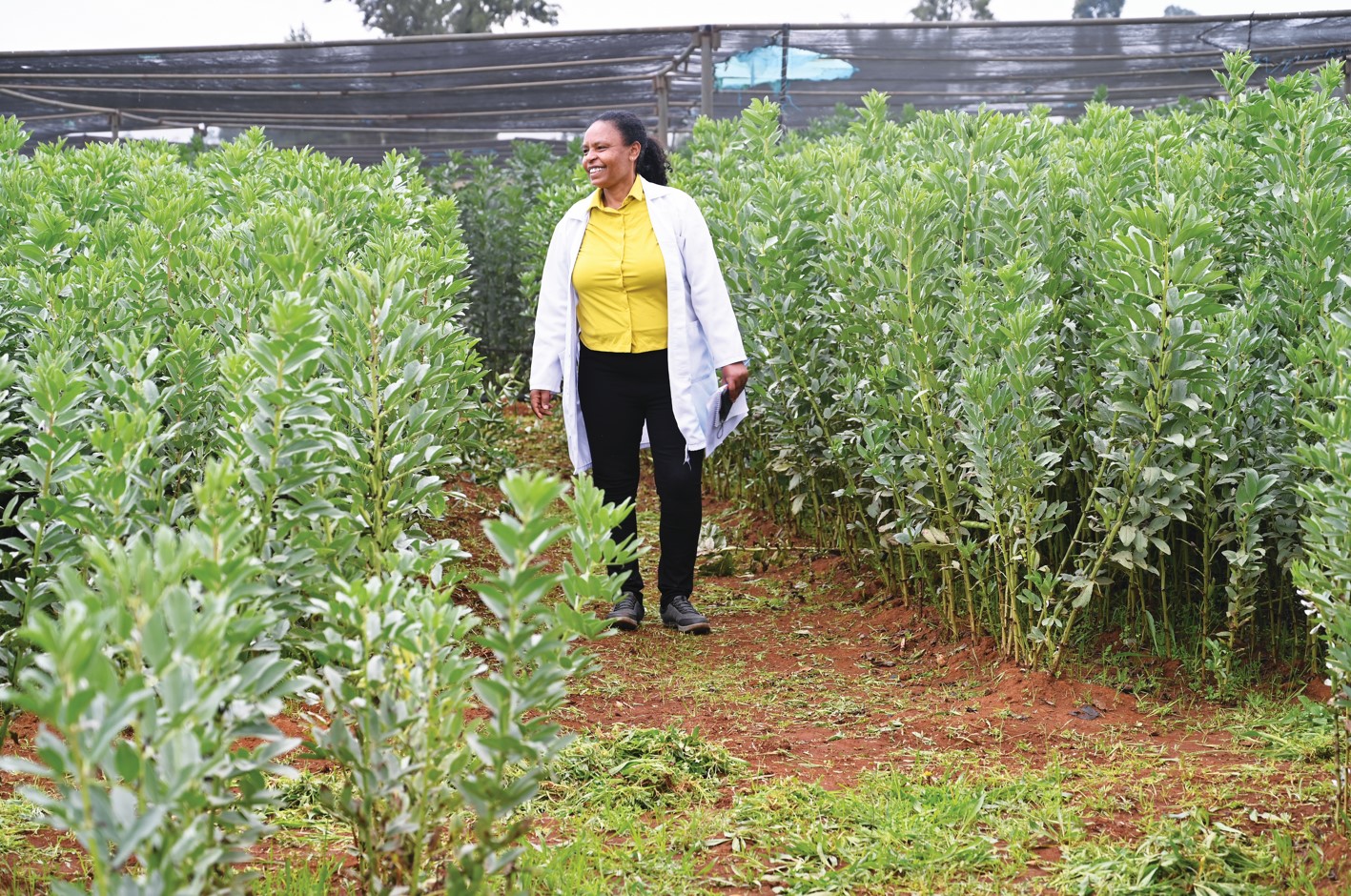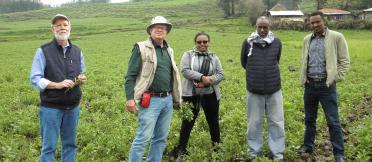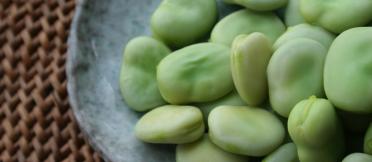When faba bean gall disease was identified in Ethiopia a decade ago, surveys showed that 50–100% of crops quickly became infected. What followed was complete crop failure in many instances.
Today, the story is very different. Work to identify the correct pathogen has helped to develop targeted control and management strategies. This now includes a fungicide seed dressing that has vastly reduced disease levels.
This ACIAR-funded research project is a good example of how a better understanding of pests and diseases is an essential part of developing effective management practices. In turn, this brings important biosecurity benefits to Australia and its partners.
A similar approach as part of another ACIAR-funded project is also helping to counter a more recent pest incursion – fall armyworm – and create more targeted management options for farmers.
Dr Eric Huttner, ACIAR Research Program Manager, Crops, said that both ACIAR-supported projects showed what could be achieved, especially when genetic solutions, such as resistant material, were still being sought. ‘Crop management can often be the only option farmers have to keep pest and disease levels below economic thresholds.’



 as a protein source
as a protein source


